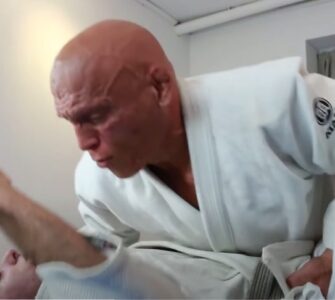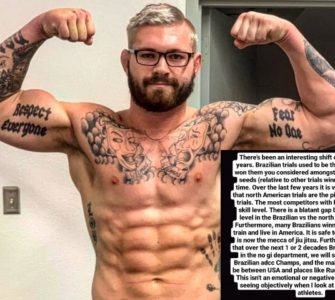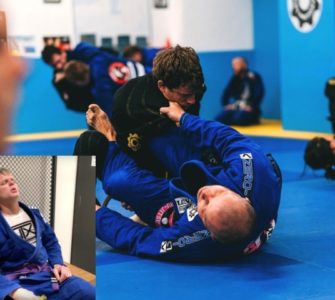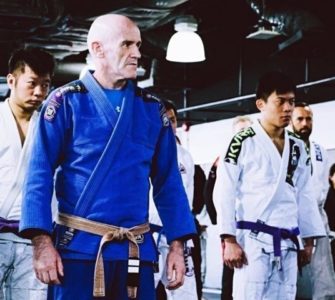Photo by Ralph Go
Regular exercise is related with many beneficial biological effects. Among them reducing the risk of coronary heart disease, diabetes, hypertension, colon cancer, breast cancer and others. But excessive exercise could seriously compromise your progress.
Here’s 5 effects to consider next time you decide to go all in and overtrain
1.Evidence suggests Overtraining is linked to Sleep Disorders
Excessive exercise could result in elevated blood levels of catecholamine as well as increased cortisol secretion. There’s a strong link between these substances and insomnia.
2. Chronic negative energy balance
Many overtrainers are chronically energy deficient. A common error is examining energy in terms of appetite and body weight – but those two are not reliable indicators of energy or macronutrient needs. High dose of exercise can in fact induce a suppression of appetite.
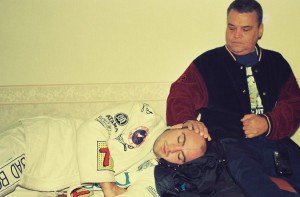
3. Osteoporosis
Scientific evidence shows that excessive exercise could cause alterations in the way endocrine system works and as such could trigger premature osteoporosis. Decreased estrogen levels in females and reduced testosterone levels in males are a consideration in accelerating bone loss. Further, previously mentioned elevated cortisol can affect calcium and bone metabolism by increasing bone resorption among other things.
4. Lowered Immunity
It’s been scientifically proven that an increased incidence of upper respiratory tract infections has been associated with excessive exercise.
5. Muscle Damage
Imbalance in the training load-recovery relationship contributes to muscle damage. Muscle damage results in an immediate and prolonged reduction in muscle function and most notably via a reduction in force-generating capacity. The most sensitive to the long-lasting exercise are fast-twitch muscle fibers. And they are the ones responsible for functional strength increases which are fairly necessary for bjj!
not include serious training and as such the need for extra sleep might soon arise after taking up bjj.
How do you know if your body is rested?
Resting heart rate is a surprisingly simple measurement that is quite meaningful for everyone regardless of their level of athletic involvement. While there is no normal resting heart rate for humans you can write yours down and become aware of usual numbers for you.
This is something reigning bantamweight female UFC champion, Miesha Tate discussed during her latest visit on the Joe Rogan podcast. Recovery is very important and as such it’s important to monitor your body and realize what kind of activity or (intensity) would be best for the day in question. Under resting condition the average adult should have around 70 beats per minute (bpm) and the heart rate tends to decrease with age.
Majority of people who are passionate about sports don’t appreciate the simplicity of the fact that you don’t get fitter during the actual exercise – instead you get fitter recovering from it. So when you’re monitoring your normal heart rate upon waking up it will often vary slightly. However it should be within 3 or 4 beats on consecutive days. Studies show that an elevation of just 5 bpm in resting heart rate can increase the risk of mortality by 17 percent.
literature:



